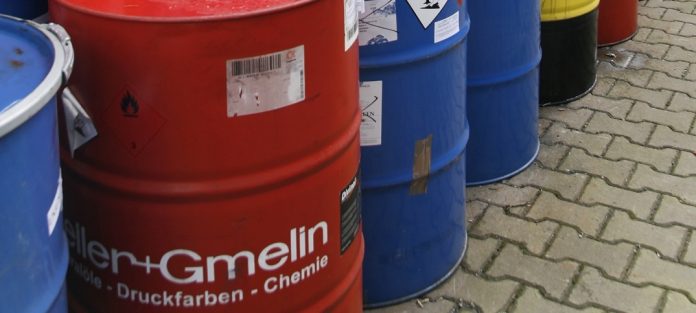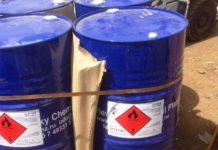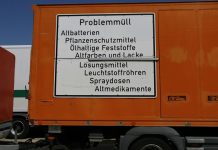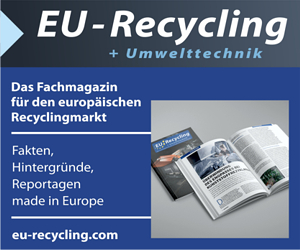The RID Committee of Experts’ standing working group approved last week, at its 16th session, FEAD’s proposal to transport certain waste contained in different individual (inner) packagings packed together in one outer recipient (outer packaging).
This comes after the same proposal was already approved in early November 2023 by the UNECE Working Party on the Transport of Dangerous Goods (WP.15/AC.1), following discussions for over two years within and between both entities.
Claudia Mensi, FEAD President said: “This is an important achievement for FEAD as it provides our companies with the necessary rules to operate safely and compliantly. We will continue to work hard to make sure that the dangerous goods regulations are fully applicable to the waste sector.”
In general, with the exception of clinical waste, hazardous waste is classified with the same classification criteria as other substances in international agreements on the transport of dangerous goods (e.g., RID and ADR) [1]. This means that hazardous waste can also be considered a dangerous good and that the dangerous goods regulations on transport apply to the waste management industry. These regulations were developed to ensure safety during loading, unloading and transport of dangerous goods, products, for commercial purposes. They did not consider, however, that the same products must also be transported at the end of their life to an appropriate treat ment facility as a waste. Once waste, the conditions around the dangerous goods, products, are no longer the same, and this made some original rules inapplicable for the waste management industry, creating huge challenges and legal uncertainty to the sector.
To address the situation, FEAD was appointed in 2005 as recognised stakeholder by the Joint Meeting of the RID Committee of Experts and the Working Party on the Transport of Dangerous Goods (hereafter, Joint Meeting). From that date on, the association has actively participated in the development of specific ‘waste rules’ in RID and ADR, not only about packaging requirements, but also about its classification, or about the information requirements in transport documents, among many others. A dedicated working group of interested countries, parties to the international agreements, was established for this purpose by the Joint Meeting in 2018, under the coordination of FEAD.
When we talk about dangerous goods, we can think about a series of different products that are used daily by households and industries, including paints, solvents, mixed waste from production processes, or even match boxes. As new products, these goods are packaged for transport in a very specific position, with a combination packaging specifically tested and certified for this purpose, and avoiding reactive mixtures, among many other technical provisions. At the same time, to pack, for example, liquid dangerous goods in plastic packagings, the exact composition of the goods must be known to ensure and perform the required chemical compatibility tests.
When these products reach the end of their life, the individual waste producer will never have the amounts nor conditions of single waste dangerous goods to be transported again as legally foreseen for commercial products. What waste management operators encounter is a big variety of different wastes to be sorted and packed for transport. Original packages may be damaged, disappeared, or substances may have been repacked, being so the required information gone or unreliable. It then occurs that the exact composition of waste may not be known and that the original packaging combination conditions cannot be recreated.
In the absence of easily workable rules in the international agreements, and to respond to the requests of the industry, some countries had already developed specific national rules, which were taken by FEAD as a basis to propose harmonised and general provisions at international level. FEAD has worked on rules that clarify the situation faced in waste management, without increasing the current level of risk, and backed by the knowledge and practice acquired by the sector in the pa st 20 years in different countries. While the rules can be (temporarily) adapted to the national needs, their inclusion in RID and ADR from 2025 ensures a basic and permanent level playing field and provides the necessary legal certainty to the sector to operate, where there were no rules at all until now.
FEAD will issue a more extensive article about new provisions for waste to be expected in the 2025 RID and ADR in the second edition of its digital magazine, which will be published in December and be accessible online though its website.
Source: FEAD






